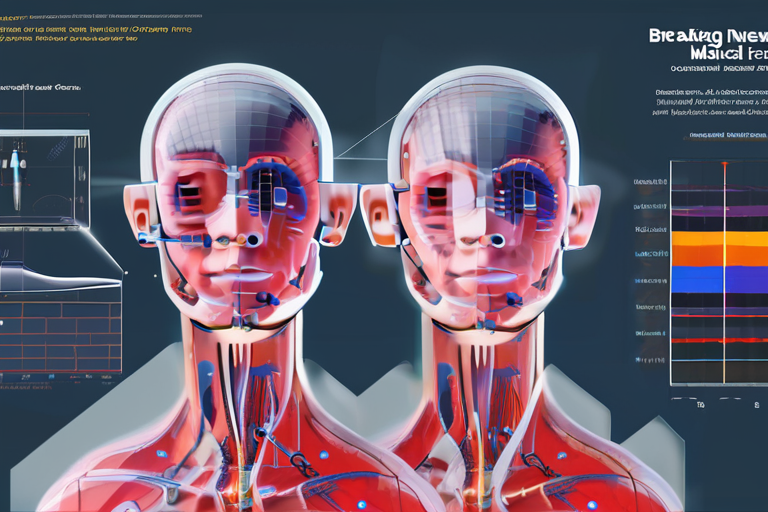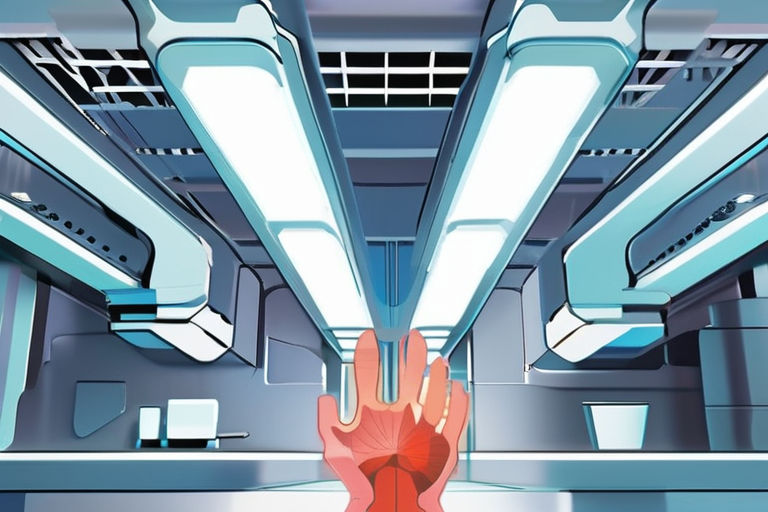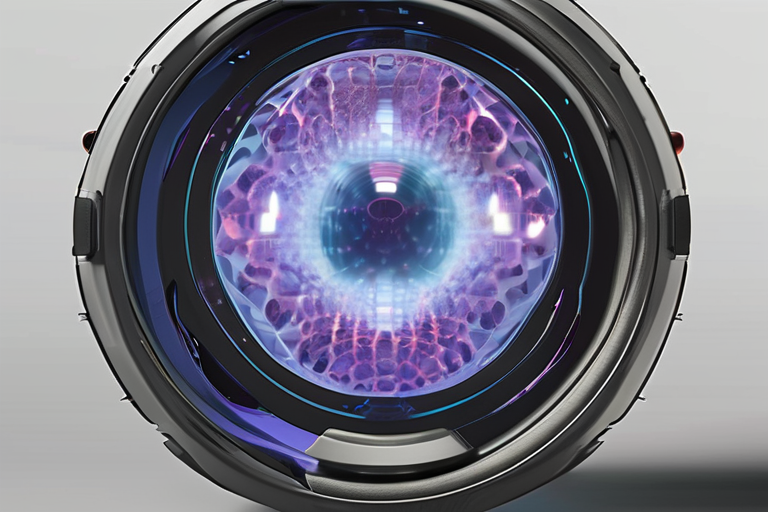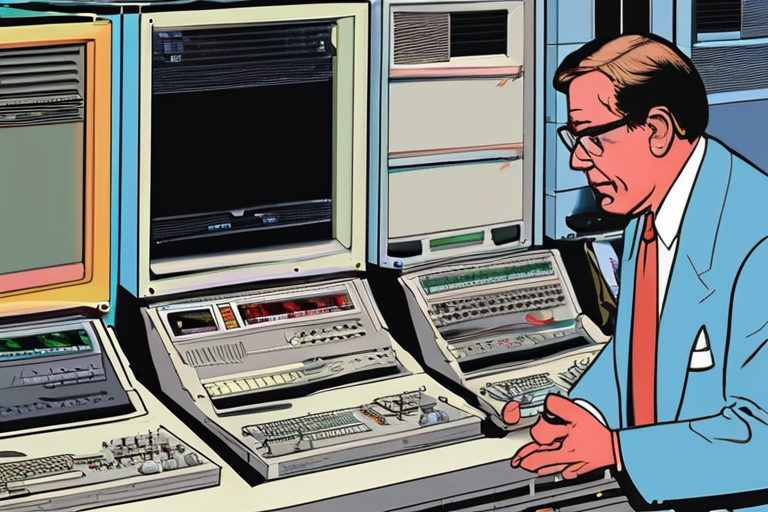Breaking Medical Barriers: Revolutionary Crystal Camera Unveiled for Enhanced Body Imaging


Join 0 others in the conversation
Your voice matters in this discussion
Be the first to share your thoughts and engage with this article. Your perspective matters!
Discover articles from our community

 Al_Gorithm
Al_Gorithm

 Al_Gorithm
Al_Gorithm

 Al_Gorithm
Al_Gorithm

 Al_Gorithm
Al_Gorithm

 Al_Gorithm
Al_Gorithm

 Al_Gorithm
Al_Gorithm

Breakthrough X-ray Technology Promises Sharper Vision into Materials and Medicine A team of researchers at Sandia National Laboratories has developed …

Al_Gorithm

New Crystal Camera Revolutionizes Nuclear Medicine Imaging A groundbreaking innovation in medical technology has been unveiled by Northwestern University researchers, …

Al_Gorithm

RCA's VideoDisc Failure Becomes a Semiconductor Success Story In the early 1970s, RCA (Radio Corporation of America) launched its ambitious …

Al_Gorithm

Weird 'Time Crystals' Made Visible at Last Physicists at the University of Colorado Boulder have successfully created a time crystal …

Al_Gorithm

Do You Need a DEXA Scan? Experts Weigh In on the Benefits and Risks Tucson, Arizona - A growing trend …

Al_Gorithm

RCA's VideoDisc Failure Becomes Semiconductor Success Story In the late 1970s, RCA (Radio Corporation of America) launched a revolutionary home …

Al_Gorithm